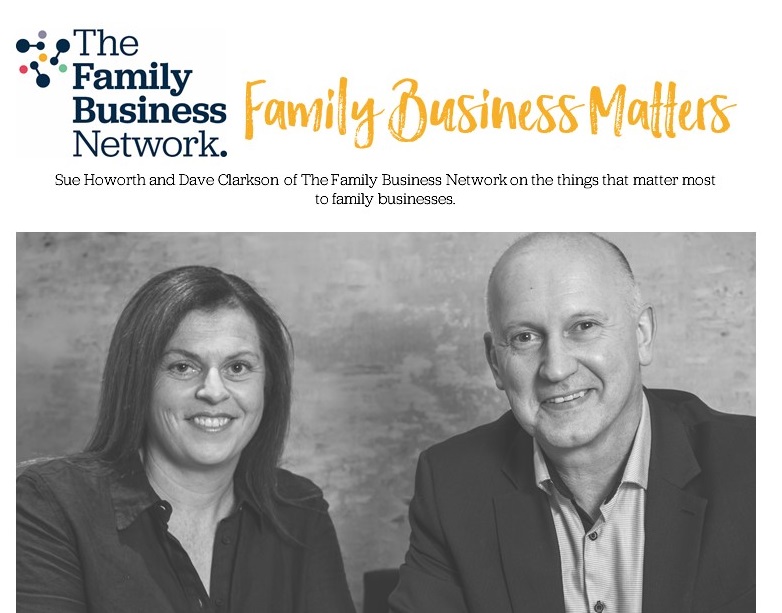We’d all love a crystal ball to be able to take a brief glimpse into what the future looks like. It would certainly make the job of succession planning for the future of a family businesses much easier.
Research indicates that the majority of family firms operate without a clear succession plan or exit strategy for the owner or current leader. This is despite nearly three quarters of family businesses planning to pass ownership to the next generation.
Granted, it is easy to get bogged down in the day to day operations of running of business and to ‘park’ making plans for the future or for retirement because they seem ‘too far away’. It may also be difficult for those accustomed to being at the helm of a business to think about their eventual exit, but there are many good reasons not to delay succession planning.
Without proper planning, a business can find itself encountering all sorts of uncomfortable challenges, from family disagreements to legal battles and difficulties when trying to secure a sale.
Because of the complexities involved, many family business owners seek the advice and support of specialist family business advisors to guide them through the process and to help ensure that their succession plan will sit in line with their vision for the future of the company. External advisors can also offer impartial and objective guidance, help the planning process to go smoothly, introduce a structured timeframe, outline different succession avenues and exit strategies and help a business become resilient to future changes.
Perhaps one of the biggest unknowns for many family business owners is what their exit will look like. This is largely because the picture will inevitably change over time, necessitating a flexible outlook and approach to the exit strategy. For example, at the time of founding or joining the family business, there may not have been any next generation successors in the picture but later down the line there may end up being one or many who are interested in taking over the business.
It is recommended that the process of exit planning should begin five years or more from when an owner or current leader plans to leave the business, although inevitably some family business owners find themselves having to make a swift or unplanned exit.
The most common exit methods for a family business owner/ leader include:
- Succession – passing the business to another family member. This requires identifying likely candidates and then training them to manage the business successfully.
- Selling the business.
- Management buyouts or employee buyouts.
- A takeover or phased exit.
Any exit process is likely to involve making a number of difficult and emotional choices, but by addressing these early, family expectations can be clearly set out to avoid any miscommunications or assumptions. Long term planning will also be of huge benefit when dealing with some of the more drawn out matters such as estate planning, tax issues and ownership stakes.
We recently made a short film documenting the story of one family business owner who had recently exited his company, Moduflow Fan Systems through selling the business with the help of their accountants, RfM. We are privileged to be able to share his story – click here to view the short film.
Pictured below: Ron Whitworth of Moduflow Fan Systems and Paul Newsham, partner at RfM Accountants






 Login
Login
